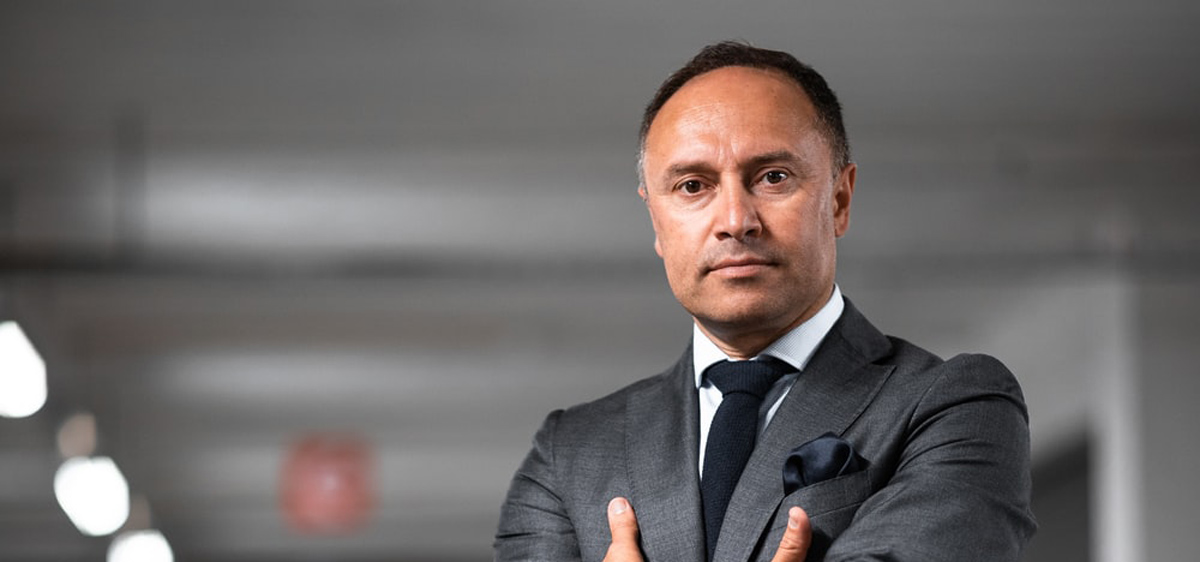
A CEO’s Responsibility To Join The World Of Social Media
By: Christina Hager
This article first appeared on Forbes.com on May 27, 2020.
Even though social media can and should be part of a strategic marketing plan, often social media is left out of strategic discussions or left untied to business goals. Additionally, in some organizations, what little strategy they have created is relegated to an intern, a nephew of the business owner or a recent college graduate with little experience.
I often write and speak about how social media can be part of an effective marketing plan designed to help you reach your business goals. But this type of social media strategy starts at the top, and by that, I mean with the CEO and executive team.
So what responsibility does a CEO or business leader have to social media, especially in today’s climate?
In a word: lots.
First, and most obviously, a CEO must understand the strategic role of social media, and provide executive buy-in to social media and digital efforts.
Second, a CEO must be engaged on social media! Why? It can be incredibly effective for you as a CEO to step out and set the tone for your organization, leading by example as well as sharing and pushing company messaging.
Here are a few reasons why CEOs need to have an active social media presence:
Reason 1: Your employees want it.
According to the 2019 “Connected Leadership” study by the Brunswick Group, which surveyed 2,047 full and part-time U.S. workers of companies with more than 1,000 employees, 65% say it’s important for CEOs to actively communicate about their companies online, with 60% checking executive social media accounts before accepting a job offer. To reiterate, in a 2-to-1 ratio, employees prefer to work for CEOs with a social media presence, but over half of all CEOs aren’t active on even one social media account.
Without utilizing social media, CEOs are missing a crucial opportunity to break down barriers between the C-suite and their employees. When a CEO is active on social media with posts, updates and even videos, they are demonstrating that they want to create visibility and engagement with their employees. Be the CEO your employees want you to be.
Reason 2: CEOs can humanize a brand.
When you have a brand like Wendy’s that’s known for fun and witty discourse on social media and has a ton of followers, it’s easy for customers to want to engage. But what about less “fun” brands? Think about businesses that sell printer ink, accounts for public utilities or health insurance companies. It can be challenging for these kinds of organizations to figure out their social media voice. Many abandon social media efforts altogether.
Since not every organization has a “Wendy” to jokingly spar with followers on Twitter, CEOs can function critically with meaningful conversations, looping in people and their organizations. When you think of Mark Zuckerberg and Facebook, the two are intrinsically linked. Same with Jack Dorsey, CEO of Twitter. And you can’t think of Tesla without Elon Musk. Each of the three is active on social media, with their accounts functioning as extensions of their organizations.
Another example of a CEO who does an amazing job showcasing his company is Doug McMillen of Walmart. McMillen is verified across all four social media platforms (meaning it’s official and authentic, that it’s him) and he continuously posts pictures, videos and status updates about his professional and personal life. He’s even been recognized as the most socially connected CEO.
Reason 3: It’s a great way to manage PR in a brand crisis.
An example of someone who has done a great job of this is Danny Meyer, CEO of Union Square Hospitality Group and founder and chairman of the popular burger chain Shake Shack. He’s always maintained an active social media presence, and during the last few months, when many leaders and brands were getting into hot water by doing social media all wrong (incorrect messaging, sounding tone-deaf, being behind in the times, etc.), he was able to keep actively posting light-hearted, uplifting and appropriate messaging, while also providing logistical information to those looking for answers.
Even more importantly, he was able to address a huge brand crisis and public relations (PR) nightmare. Last month, Meyer’s organization received a massive amount of distributed funds from the federal Paycheck Protection Program (PPP) — $10 million — and people were up in arms over it. People clamored that Shake Shack should return the money because it still had operating funds while many small businesses received nothing and would have to shut their doors permanently.
Meyers addressed the criticism head-on; he wrote a public-facing LinkedIn article, distributing it across the rest of his social media channels, stating the reasons his company applied, received and ultimately returned the money. This was great for brand imaging and transparency. Meyers and his organizations scored a lot of PR points and goodwill with the public.
If you are a CEO who wants to start to build a digital presence, there are a few things you must consider. First, educate yourself on social media.
Then ask yourself the following questions:
- What platforms do you want to be active on and why?
- Who are you talking to on each?
- What are your goals for social media?
- What type of content will you create? (e.g., posts, status updates, LinkedIn articles, videos, blogs, etc.)
- Who will help you create your assets?
- What will your distribution schedule look like?
- How often will you organically engage on the platforms? (Remember, consistency is key.)
Yes, social media is one more thing that you will need to manage in your day. However, pull in people experienced with social media to help you answer these questions. Ideally, your social media strategy should be a component of your brand’s larger social media strategy, and it could be a really effective tool.



